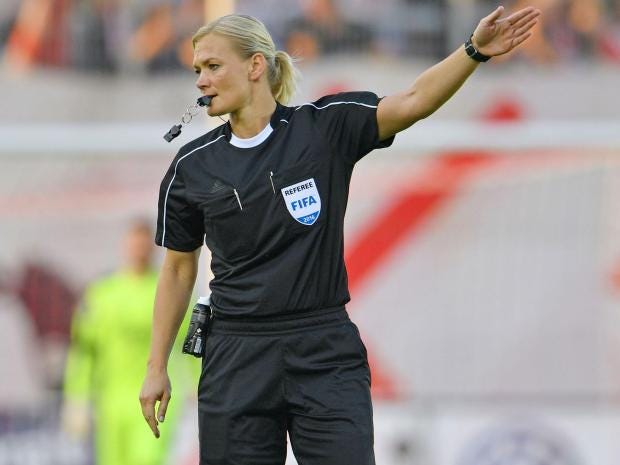


Description of key marketing strategies will be followed by a description, in the U.S. Marketing campaigns originate with and emanate from the alcohol brand owners in each national market ( Jernigan, 2000a), and so the primary focus in terms of marketing activities will be on the activities of those brand owners. market, using the United States as a country case study to illustrate how general industry trends and practices play out in practice. This article will begin by reviewing the size, structure, and marketing strategies of the global producers and the key players in the U.S. Campaigns generally emanate from them and are then transmitted through their brand distributors. Because of the importance of marketing to global and national alcohol brands ( Jernigan, 2000a), alcohol producers are the most active players in shaping marketing environments. Particularly with regard to the latter, because of the sheer size of the alcohol industry, and its role in shaping alcohol environments, it is crucial that the public health field understand the industry’s organization and monitor its principal marketing strategies. The most effective and cost-effective interventions, according to the World Health Organization (2017), are increasing the price of alcohol as well as reducing and restricting both the physical availability and the marketing of alcohol. Given the widespread nature of excessive alcohol use and alcohol problems, population-level interventions that influence the environments within which individuals make their choices about drinking are crucial to the prevention of these problems ( Babor et al., 2010). Although alcohol dependence is a significant addictive disorder affecting approximately 3.5% of the adult population ages 18 years and older in the United States, nearly eight times as many people-27.4% of the population-reported binge drinking in the past month ( Esser et al., 2014). In the United States, the Centers for Disease Control and Prevention estimate that excessive alcohol use-defined as binge drinking (five or more drinks within 2 hours for men, four or more for women), underage drinking, and drinking during pregnancy-cost the economy $249 billion in 2010, or an estimated $2.05 per drink ( Sacks et al., 2015). It is the leading cause of death for persons age 15–49 years worldwide ( Institute for Health Metrics and Evaluation, 2016) and is a carcinogen for which there is no safe level of consumption ( Connor, 2017). Yet there is a strong public health interest in those environments as well: Alcohol use causes 3.3 million deaths per year worldwide, is the seventh leading cause of global death and disability, and is a component cause of more than 200 disease and injury conditions ( World Health Organization, 2014). Given the importance of these environments in shaping patterns and volume of alcohol consumption, those who stand to profit from alcohol consumption, particularly the largest producers and distributors of alcoholic beverages, play a significant role in shaping the alcohol consumption environment ( Jernigan, 2009).

The promotion of alcohol, its availability through retail and on-premise purchase, and its pricing create “alcohol environments” that are strongly associated with health consequences ( Babor et al., 2010). I n 2017, according to the market research provider Euromonitor, global retail sales of alcohol were estimated to be worth more than $1.5 trillion ( Euromonitor International, 2018).


 0 kommentar(er)
0 kommentar(er)
